Property Geek
We provide the actual and accurate information with unbiased user driven reviews to our viewers, to help them see the best and find the best!
View posts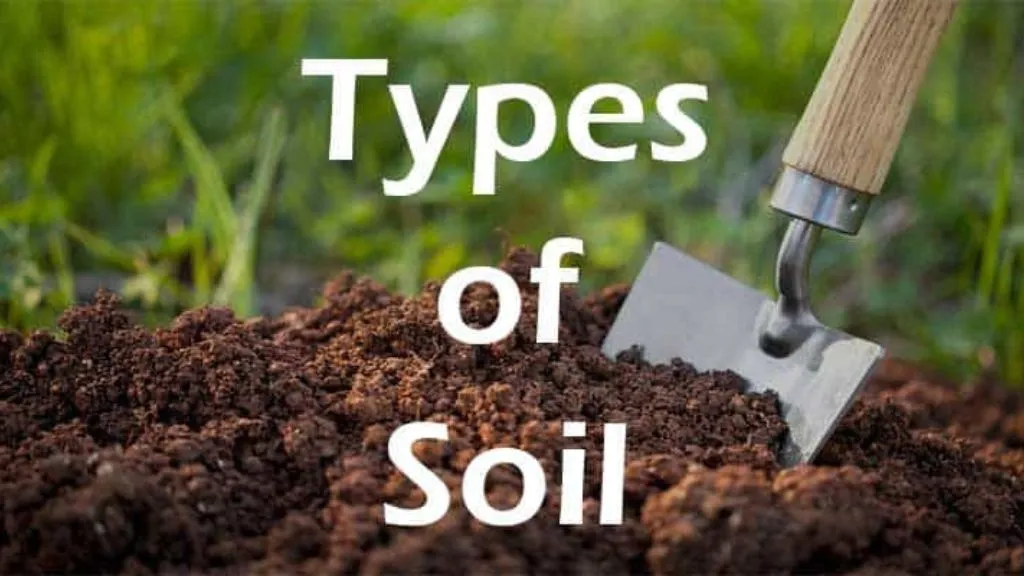
Soil is the main element in the plantation process that add all necessary vital nutrients, air, and water to help grow a healthy plant. Having said that, it is also true that not all soil types are the same, in fact, each plot of ground have their own blend of organic, minerals, and inorganic matter that determines what crops can be grown in the best possible manner.
The “needed” and “ideal” soil that a plant is in need of can be created by containing them in plots like a planter and raised beds, which is true for small spaces.
What about large areas? In massive areas and landscapes, it is extremely important to understand the characteristics required in order to further work on the soil.
To help you ahead, we have curated this article that includes the types of soil needed to grow plants and all the necessary details that can help you grow a plant in the best possible manner.
Let’s get started!
Listed below are the 6 best types of soils that you must look for to grow specific kinds of plants. Each come with their own properties, features, and requirements you must look into, all-important to know to get the most from your garden.
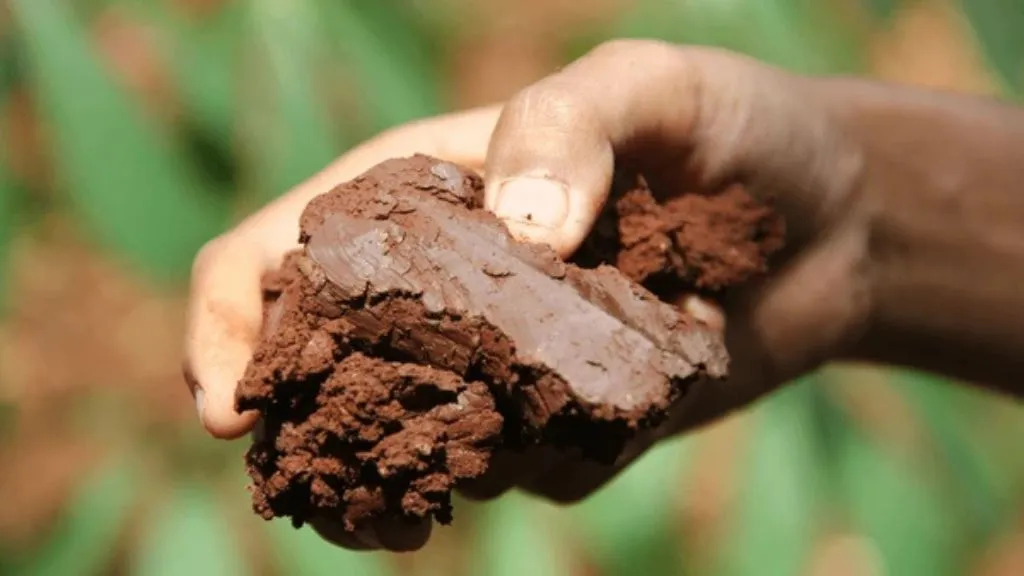
These feel sticky and lumpy when wet and hard as a rock when dry. Clay soils are rather poor at draining and have a few air spaces in them, this means that the soil would rather warm up slowly during spring and could be rather heavy to cultivate. Having said that, if the soil’s drainage is enhanced, then the plants would develop and grow well since the soil now offers rich nutrients.
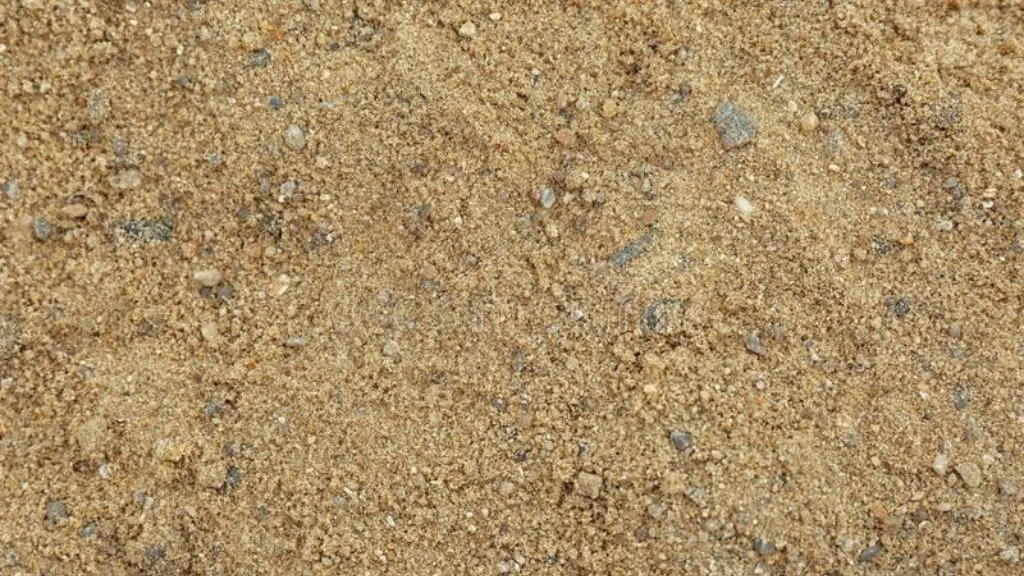
These are rather gritty, unlike the clay soil, and get drained much faster, making the soil dry and easy to cultivate. Sandy soil is also can get warm faster during the spring and hold limited nutrients as they get washed away when wetter spells. These require organic amendments like glacial rock dust, kelp meal, greensand, or other organic fertilizer blends that benefit from mulching and retain moisture.
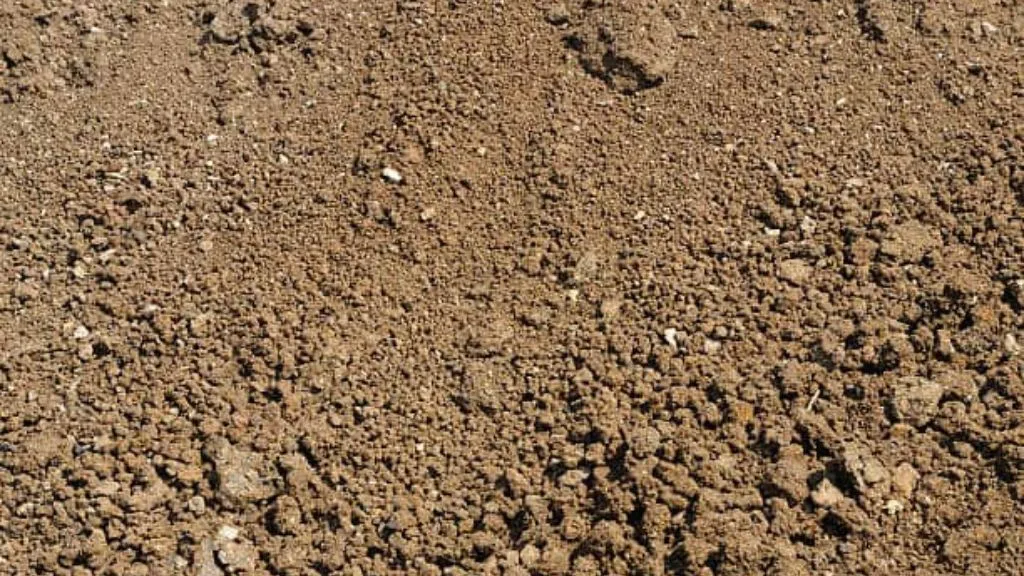
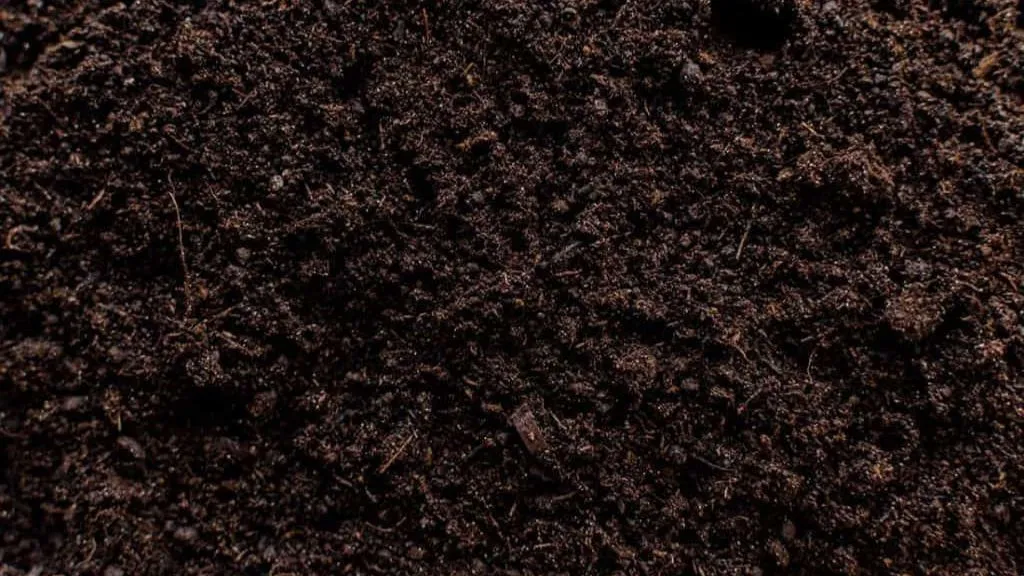
It is a darker, spongy, and damp soil, thanks to the higher levels of peat. Its acidic slows down decomposition and leads to limited nutrients in the soil. The soil heats up quickly during spring and can retain a lot of water that must be drained. For this, you might want to create drainage channels by digging the soils with high peat content.
These are great for growth, especially when blended with rich organic matter, lime to reduce acidity, and compost. You might also want to use soil amendments like glacial rock dust that raise the pH levels in the acidic soil.
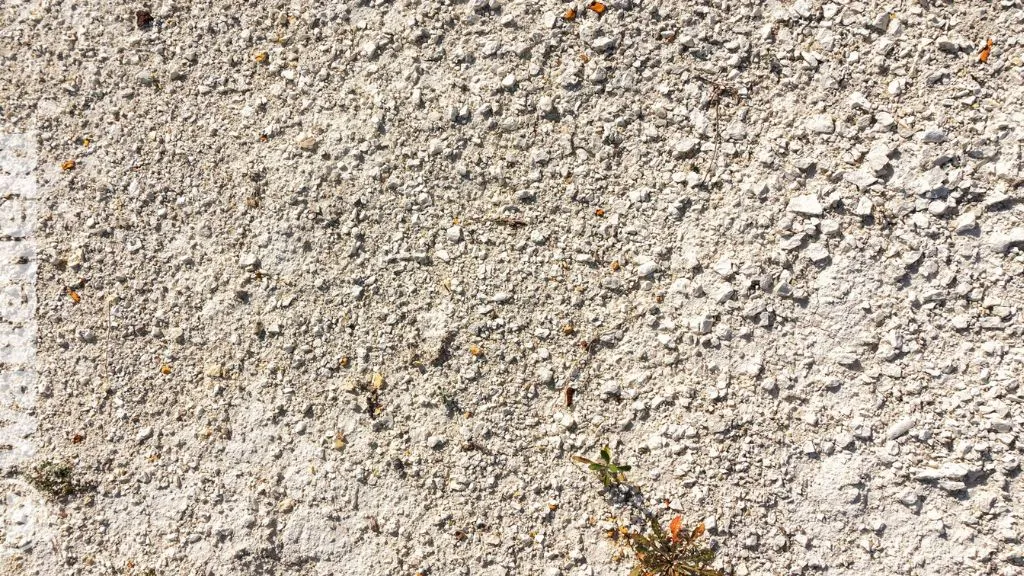
As compared to the other solid types on the list, the Chalky soil is rather grained and stonier. It usually overlays limestone or chalk bedrock, and is alkaline, which at times leads to yellowish leaves and stunted growth– that can be resolved by balancing pH and using appropriate fertilizers. The best way to improve workability and water retention is by adding humus to the soil.
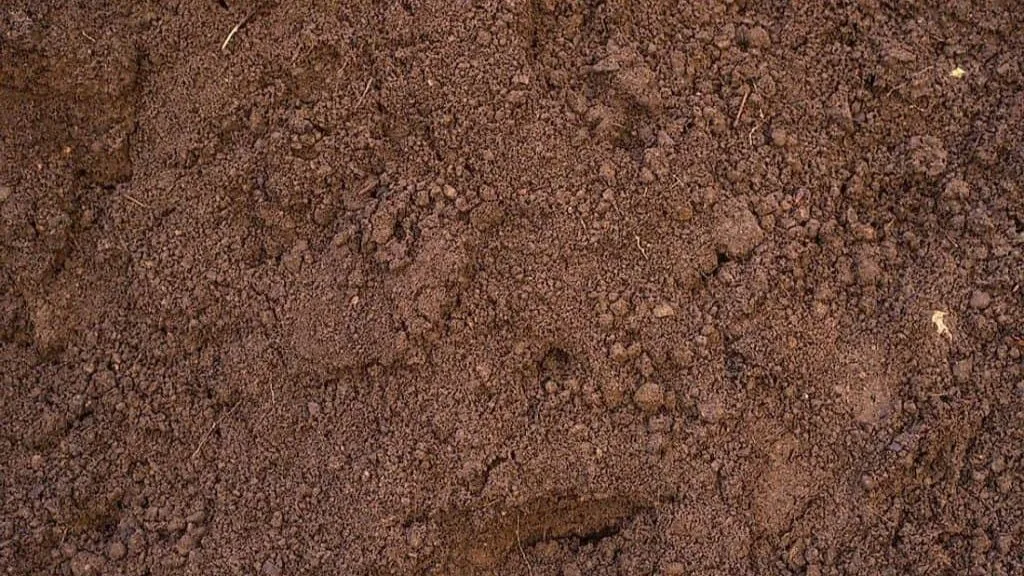
This is a relatively even mix of silt, sand, and clay that is fine-textured and slightly damp. Loamy soil has ideal characteristics for laws, gardening, and shrubs and offers great structure, is moisture-retaining, has adequate drainage, is filled with nutrients, is easily cultivated, and warms up rather quickly during spring unlike in summer. It requires replenishing using organic matter as it is acidic in nature.
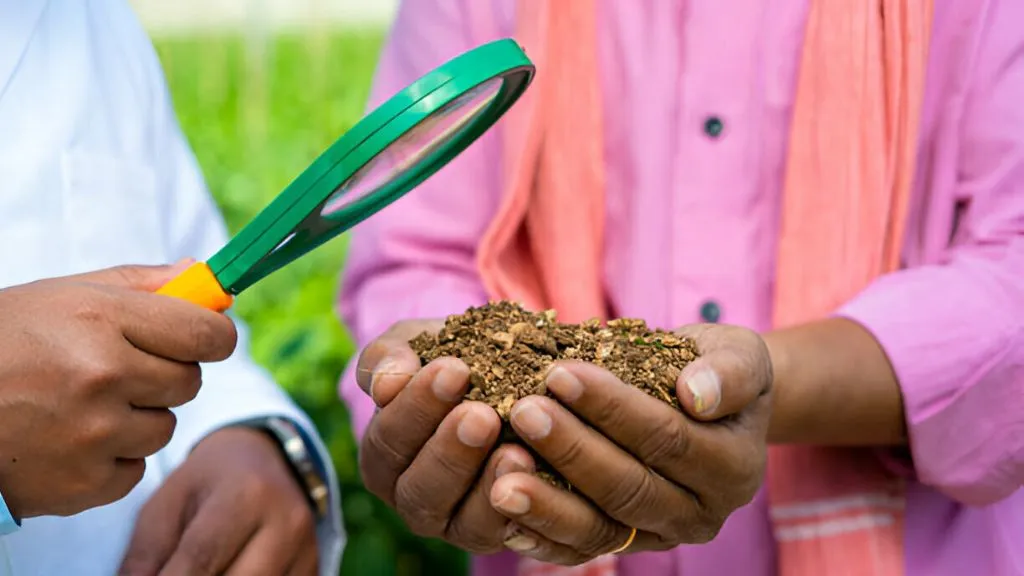
Here are the ways to help you determine the soil type:
Take a glass of water and try to pour it onto the soil. Does it drain? If it does, it is most probably gravelly or sandy soil, as in clay soil the water will not sink in.
Take the soil in your hand, and softly compress it in your fist
Take a handful of soil in a transparent container, add some water and shake it well. When done, leave it to settle for about 12 hours.
A standard soil’s pH level is usually between 4.0 and 8.5 and the best level for a healthy plant is anything between 6.5 and 7 as that’s when the nutrients generally thrive.
You might want to purchase a pH test kit online, or from a local garden center. However, as a part of the general rule, in areas with soft water, there will be acid in the soil, unlike in areas with hard water as they tend to have alkaline soil.
We recommend using a soil test kit that can assess the soil’s primary nutrients (N-P-K) and the pH levels too. By doing so, you will be able to determine the exact condition and fertilize the soil to become more economical and effective. Keep in mind that the soil must always be checked periodically throughout the growing season.
In most general cases, the plants prefer neutral soil, nevertheless, there are some that favor slightly alkaline or acid soils. Regardless of the pH levels, the soil has a possibility to adjust its level to make it more hospitable to the type of plant you wish to grow. However, remember that this is only temporary, and it’s advised to make the most of the soil type in hand.
You may want to add ground lime to make the soil more alkaline, as well as aluminum sulfate to help make it acidic. In case the soil is rather low in nutrients, such as sandy soil, you may mix it with organic matters like manure and compost to enrich the soil, as well as, improve its texture.
Using organic mulches like straw, deciduous leaves, and dried grass clippings is also a choice. These break down and can be incorporated into the soil and building a new supply of organic nutrients and also improving the structure of the soil.
The clay soil is often not aerated enough and lacks a good structure that making it rather difficult for the plant to grow in a healthy manner. Therefore, to get the most out of it, it’s a good idea to add large quantities of well-rotted organic matter into the fall and peat it for a few weeks before you begin planting. Greensand is another alternative that can be used to loosen the heavy clay soils and/or bind sandy soils.
Lastly, it becomes difficult to cultivate in chalky soil as its alkaline in nature. Therefore, to help rectify, add bulky organic matter that can break down over time with an addition of minerals and nutrients to the soil.
Listed below are a few ways to help you make sure that the kind of soil is rather healthy and make a good fit:
As a new gardener, it is possible and only natural for you to feel confused and the process very complicated, however, take it from us, once you learn, it all becomes rather easy to do. Make sure you identify the soil type to help grow and maintain a healthy garden.